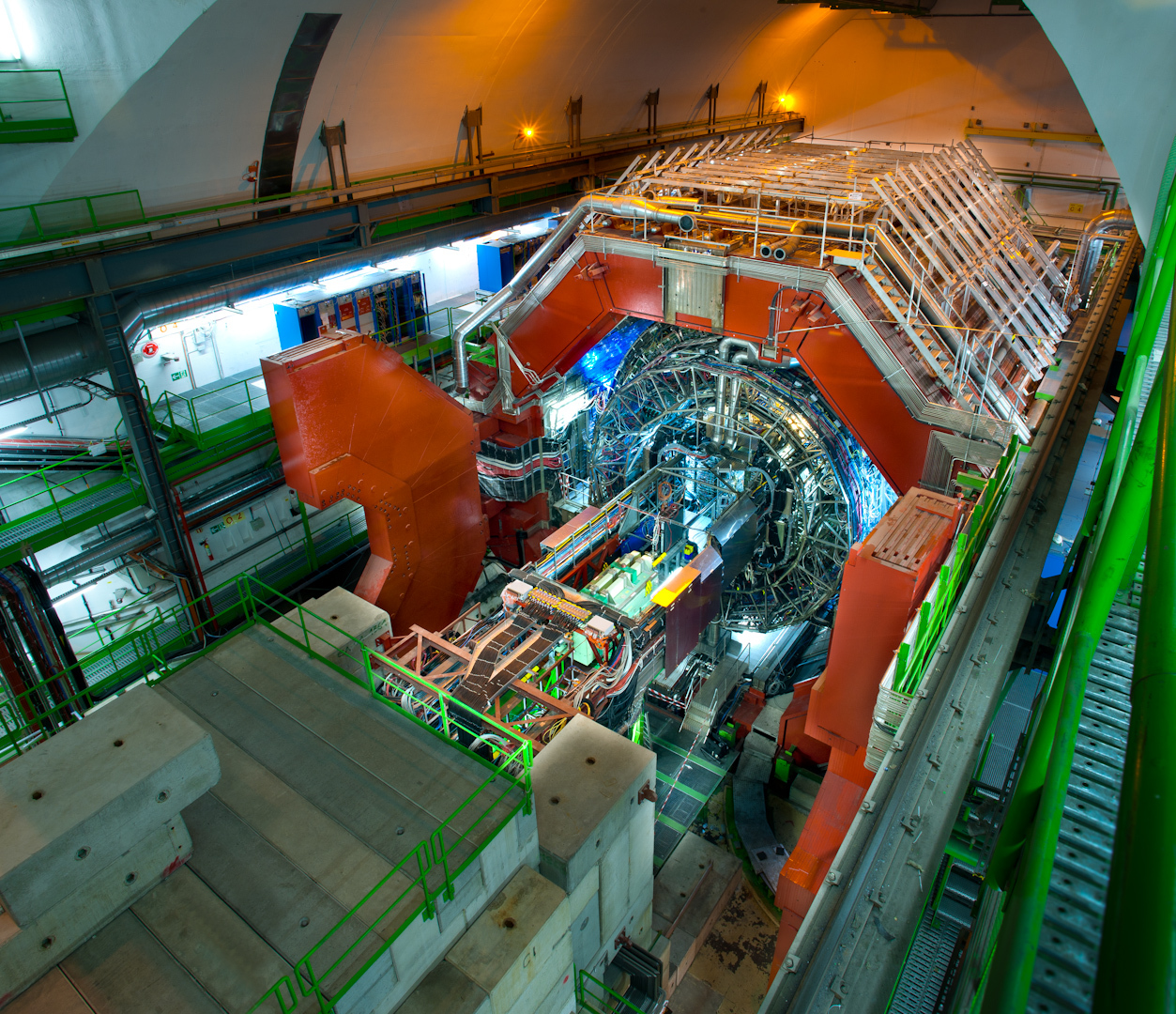PageContent
ALICE: One microsecond after the Big Bang
Local Manager:
+ Pietro Antonioli
ALICE (A Large Ion Collider Experiment) is one of the four big experiments at the LHC (Large Hadron Collider) collider at CERN. The main experimental goal of the ALICE Collaboration is linked to the understanding of the non-perturbative phenomena of QCD (quantum chromodynamics, the theory of strong interactions), the study of the QCD phase transition at high temperature and energy density and the characterisation of the dynamical and thermodynamical properties of the QGP (quark-gluon plasma).
According to the Big Bang cosmology, the Universe has evolved from an initial state of high temperature and energy density to the current state. Heavy-ion collisions at the LHC (nuclei of lead atoms) allow one to recreate in laboratory such extreme conditions that bring to the QCD phase transition and therefore to the formation of the QGP, offering the possibility to observe how the Universe looked like about one millionth of a second after the Big Bang. One of the most fascinating aspects of the study of the QGP is the possibility to study and understand how collective phenomena and macroscopic properties of complex systems emerge from their dynamical evolution and from the microscopic laws of Physics, validated in the last decades by the success of the Standard Model.

The ALICE group in Bologna has developed, constructed and maintains the ALICE time-of-flight detector TOF (Time-Of-Flight), a large area (about 140 square metres) and highly segmented (more than 150.000 readout channels) detector unique in the world. The apparatus covers the central region of the ALICE experiment with strips of high-performance MRPC detectors and provides crucial information about the identity of the particles emitted in the violent LHC collisions, contributing therefore to a large and diverse set of physics measurements.













